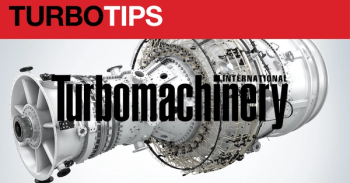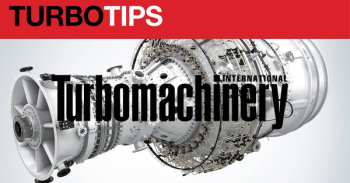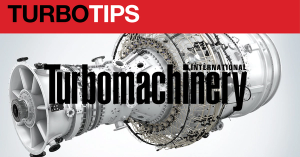
Among other causal factors, stress concentrations accumulate in areas with sharp edges, so filleting and chamfering is required to enable the smooth flow of stress streamlines.
Amin Almasi is senior rotating equipment consultant in Australia. He is chartered professional engineer from Engineers Australia and IMechE and registered professional engineer in Australia and Queensland (M.Sc. and B.Sc. in mechanical engineering). He specializes in rotating equipment, condition monitoring and reliability.

Among other causal factors, stress concentrations accumulate in areas with sharp edges, so filleting and chamfering is required to enable the smooth flow of stress streamlines.

When using gear units within turbomachinery trains, operators should consider wear and degradation, torsional problems, lubrication, and more.

Thin-wall casings and shell bodies play a critical role in turbomachinery, but their susceptibility to imperfections and buckling raises leakage and failure risks.

HAZOP reviews are a key process for identifying potential hazards and ensuring appropriate safety measures.

Vibration: How to deal with it and how to prevent operational problems and failures.

Renovating modern dry gas seals and their systems increases reliability.

Smart condition-monitoring strategies can mitigate unscheduled downtime by identifying faults before they occur, reinforcing continuous operation.

Simplifying, re-configuring, and eliminating certain components can increase a turbomachine’s reliability, efficiency, and safety and, in some cases, reduce costs.

A compressor’s seal system is the culprit of most common unscheduled shutdowns.

Turbocompressors with side streams are operated with tight tolerances on operational parameters compared to conventional compressors.

A steam turbine’s control system should ensure stable operation throughout each phase: start-up, shutdown, and parallel operation.

After a failure or unscheduled shutdown, if the root cause is not found and eliminated, it can happen again.

Gas turbines, including the air compressor and combustion chamber, face challenges such as high temperatures and the need for blade-cooling systems.

Bolt connections can be the weakest link of a turbomachine, so proper care, sizing, tension, and placement are key to avoiding leaks and other operational problems.

Considerations when selecting a lube oil include oxidative and thermal stability, viscosity, interactions with oil additives, and more.

Guidelines and technical notes for dealing with lube oil, control, and hydraulic oil systems in turbomachinery.

Disturbance speed, degradation, the surge curve, and other factors and components affect the efficiency and functionality of a turbocompressor.

The four phases of commissioning are important developmental stages for any turbomachinery package.

Knowing how and when to select an mVSD is important in the turbomachinery industry.

Why simple models estimating impact, dynamic, and blast loads provide insight.

How to operate and troubleshoot hydraulic systems for turbomachinery

VSD double-casing vs. integrally geared

Leakage sources include seals, thin shells, and bolt connections

CHALLENGES AND DIFFICULTIES OF PARALLEL OPERATION

How operation & process can affect turbocompressors

Practical issues for centrifugal fans



Real-world operational turbomachinery problems can be challenging. Fast decision making is often required.

A step-by-step guide on the turbomachinery specification process, including considerations for unusual conditions and indoor vs. outdoor installation.

Published: December 10th 2021 | Updated:

Published: February 28th 2023 | Updated:

Published: October 10th 2022 | Updated:

Published: November 21st 2023 | Updated:

Published: August 12th 2025 | Updated:

Published: September 19th 2022 | Updated: